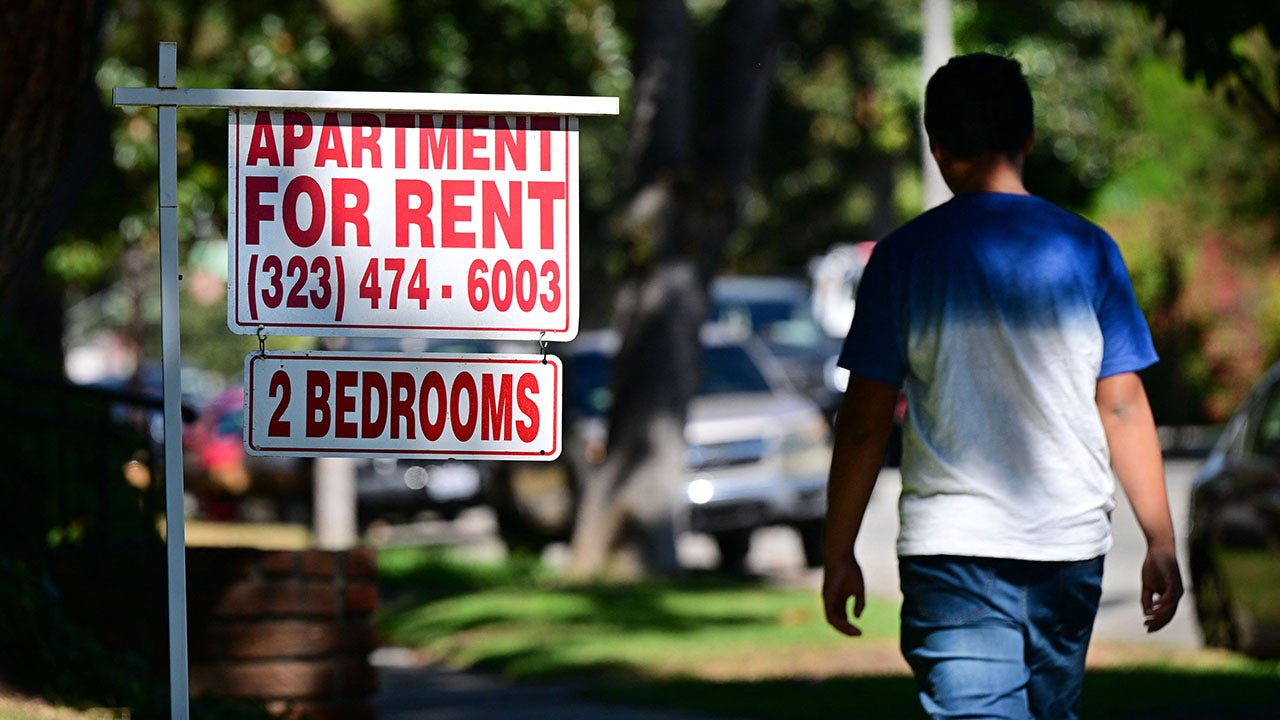Read More:
Boomers Won’t Part with Their Homes, and That’s a Problem for Young Families
The growing trend of older homeowners, commonly referred to as “boomers,” choosing to stay in their homes instead of downsizing is becoming a problem for younger families looking to buy their first homes. This behavior is contributing to a housing shortage and driving up prices in many areas. With demographics shifting and the demand for housing increasing, it is crucial to address this issue for the sake of housing affordability and the overall well-being of younger generations.
Transitioning Into Retirement, but Not Out of Their Homes
Despite reaching retirement age, many boomers are showing no intentions of selling their homes and downsizing to smaller and more affordable properties. This decision is often driven by emotional attachments, financial security concerns, or the desire to age in place. As a result, the housing market is not seeing the turnover it needs to accommodate the increasing number of young families trying to enter the market.
Impact on Young Families and Housing Affordability
The reluctance of boomers to sell their homes has created several challenges for young families aspiring to become homeowners. First and foremost, the limited supply of available housing options drives up prices, making it increasingly difficult for first-time buyers to afford a home. With high competition, bidding wars become more common, further exacerbating affordability issues.
The Domino Effect on the Housing Market
This reluctance to sell has created a domino effect throughout the housing market. As young families struggle to find affordable homes, they may resort to moving to areas with more affordable options. This leads to increased demand in those areas, driving up prices and putting pressure on local economies and infrastructure. Additionally, the lack of housing turnover stifles the construction industry, affecting job growth and economic development.
Finding Solutions for a Balanced Housing Market
Addressing this issue requires a multi-faceted approach. Encouraging policy changes and financial incentives for boomers to downsize could alleviate some of the pressure on the housing market. Providing resources and support for older homeowners who wish to age in place, such as home modifications or community programs, could also be beneficial.
Collaboration and Communication are Key
To achieve a more balanced housing market, it is crucial to foster collaboration and communication between different generations. Creating platforms where boomers and young families can engage in conversations about housing needs and possible solutions can lead to a better understanding of each other’s perspectives. By working together, we can find innovative ways to address the housing shortage and ensure housing affordability for future generations.
Conclusion
The issue of boomers choosing to stay in their homes instead of downsizing poses a significant challenge for young families in search of affordable housing. As demand continues to rise, it is essential to address this problem proactively. By encouraging dialogue, implementing supportive policies, and exploring creative solutions, we can aim for a more balanced and affordable housing market that meets the needs of both older homeowners and younger families.

Read More:
- Sweeping public safety bill in D.C. aims to increase security, undoing past changes
- Get Ready for Enchanting Adventures in Season 4 with Witch Doctor
- Talk therapy shown to be effective in addressing psychological factors contributing to back pain
- Microsoft eliminates Android app integration on Windows 11
- Seven Years Later: Racing Game Enjoys Explosive Success on Steam Thanks to Epic Sale










+ There are no comments
Add yours